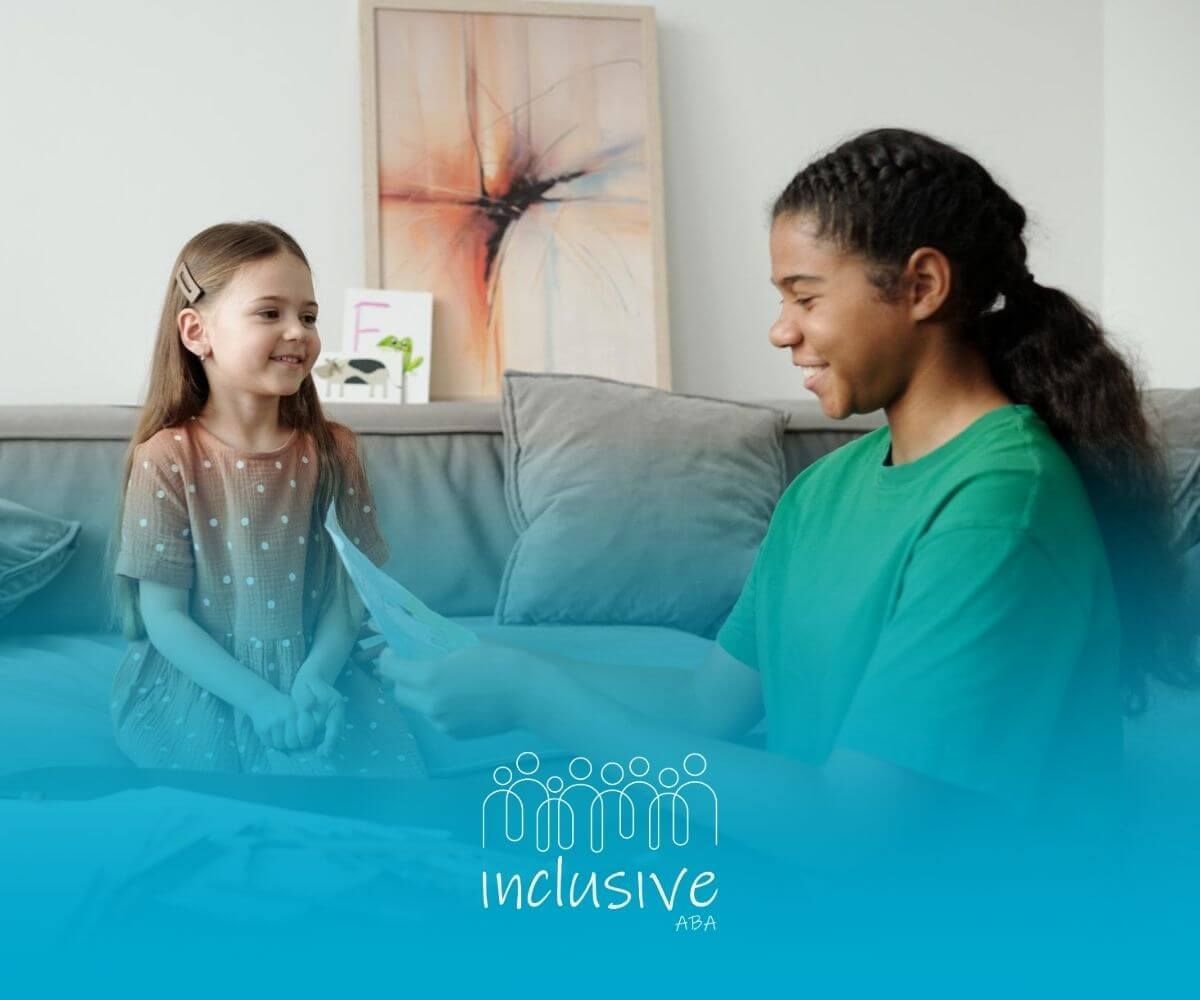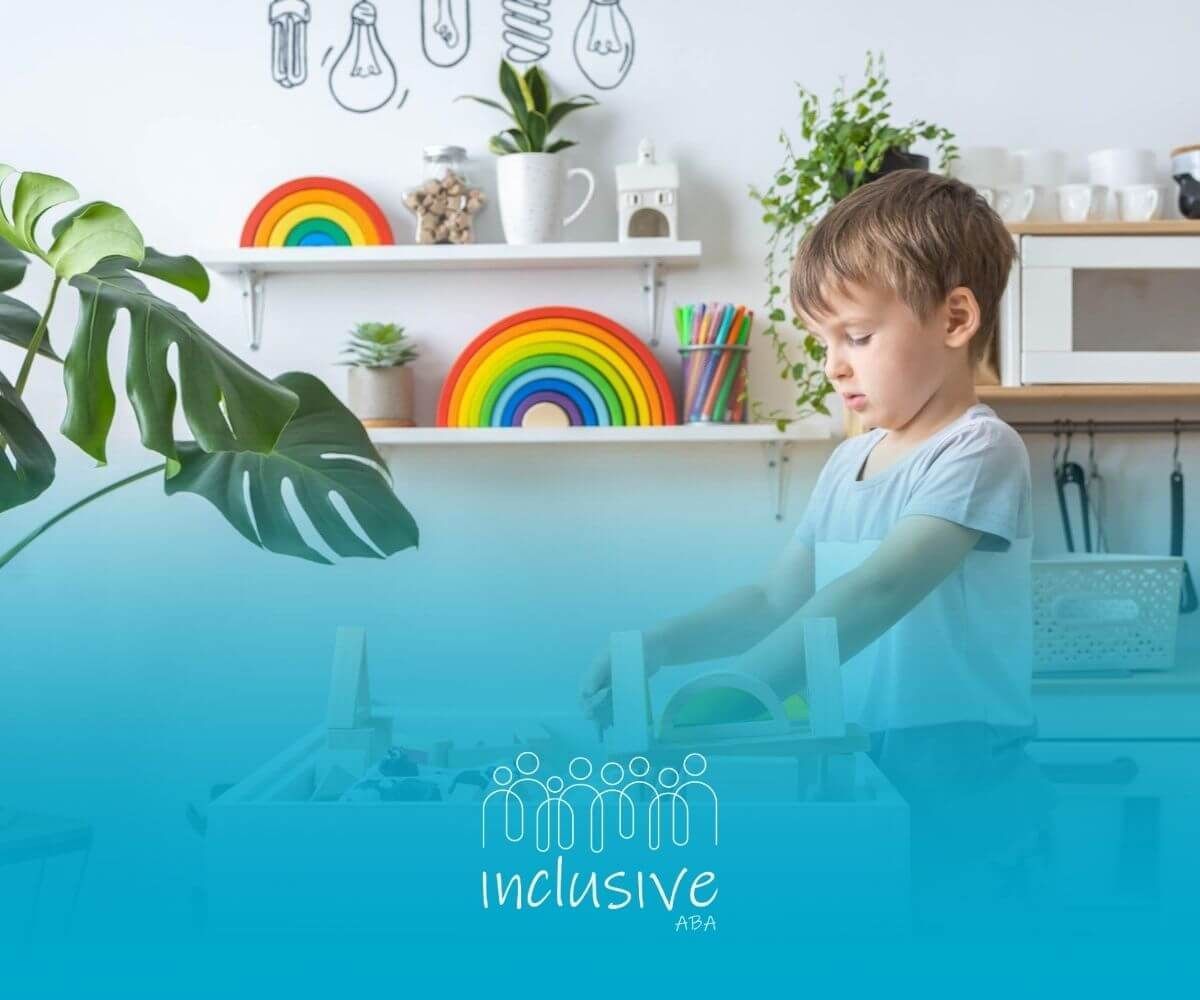Understanding Rigid ABA: A Simple Guide for Everyone
Autism spectrum disorder is unique for every individual, and each child’s needs can vary widely. Applied behavior analysis (ABA) is a common approach for building necessary skills, but sometimes, therapy becomes too rigid. Rigidity in ABA means sticking closely to routines, which can make it harder for children to adjust when things change. Understanding how this rigidity happens—and why—helps caregivers and therapists make better choices, leading to more adaptive and meaningful learning for children with autism.
What is Rigid ABA?
Rigid ABA is a strict form of behavior analysis where therapists follow set routines and methods without adapting to the individual child. In many clinical settings, this means applying traditional methods with little room for flexibility or change. The main purpose behind rigid ABA therapy is to establish structure and predictability, aiming to reduce unwanted behaviors while maintaining communication with parents and caregivers via email.
However, this approach can sometimes overlook the unique needs of each person. While the intention is to help, strict adherence may ignore opportunities for learning in different, real-life situations.
Defining Rigidity in Applied Behavior Analysis
In the world of applied behavior analysis, rigidity refers to a strong preference for repetition and sameness. Therapists may stick to the same routine or teaching methods, regardless of how the child responds. This tendency is often seen in clinical settings where protocols are followed to the letter.
For example, a therapist using rigid practices might repeat the same lesson over and over, expecting a child to respond in one certain way. This kind of strict structure can help some children feel safe, but it might also prevent them from learning how to adapt or handle changes.
Rigidity in ABA therapy can slow down progress, as it limits the ability of clinicians to generalize skills to new settings or situations. Recognizing this issue means therapists can shift their focus towards more flexible, child-centered behavior analysis.
How Rigid ABA Differs from Flexible ABA Approaches
Comparing rigid and flexible ABA reveals key differences in therapy style and results. Rigid ABA relies on strict adherence to protocols, often leading to cognitive inflexibility. In contrast, flexible ABA adapts therapy based on each child’s needs, allowing interventions to change as situations shift.
- Rigid ABA focuses on sameness and routine, rarely changing activities or reinforcement.
- Flexible ABA modifies its approach by introducing new activities and adjusting to a child’s interests.
- Rigid methods may discourage creativity, while flexible ABA promotes problem-solving in real life.
- Flexible ABA encourages generalization, helping skills transfer to different contexts.
Understanding these differences can guide parents and therapists in choosing the most effective support for children with autism.
Recognizing Rigid Patterns in ABA Practices
Spotting rigid patterns in ABA therapy can be essential for making positive changes. Some sessions may seem repetitive, with little adaptation to the child’s mood or interests. This rigidity can make therapy feel less engaging and harder for autistic individuals to manage.
If you notice a focus on routine over progress, it may be time to adjust. Identifying these patterns opens the door to more adaptive, supportive therapy methods.
Common Signs of Rigidity in Therapy Sessions
Several signs can indicate rigidity in clinical settings. It’s often about how therapists stick to routines without considering the child’s changing needs.
- Sessions always follow the same schedule, with little room for flexibility.
- Activities are repeated the same way, regardless of the child’s progress.
- Rewards and consequences are given strictly, without adjusting for the situation.
- Changes in routine cause distress or are avoided altogether.
Children may become frustrated or lose interest when there’s no variation in therapy. Rigidity can also make it difficult for them to use new skills outside of sessions. By watching for these signs, caregivers and therapists can look for ways to make ABA practices more responsive and engaging.
Examples of Rigid Behaviors in Children with Autism
Many autistic children show rigid behaviors, which can impact therapy and daily life. These behaviors are often their way of handling overwhelming situations or keeping routines predictable.
- Insistence on the same order for daily activities, like meals or bedtime.
- Inability to shift from one task to another without upset.
- Repetitive actions, such as lining up toys or repeating phrases.
- Difficulty generalizing skills—using what they’ve learned only in therapy, not at home or school.
- Strong emotional reactions when routines are disrupted.
Recognizing these behaviors helps therapists and parents create strategies for smoother transitions. By addressing rigidity early, children can learn to adapt and thrive in a variety of settings.
Why Rigidity Happens in ABA Therapy
Rigidity in ABA therapy can develop for several reasons. Therapists may lean on strict routines to provide structure and predictability, especially for children who struggle with cognitive inflexibility. Reinforcement schedules might be set in stone, making it hard for therapy to adjust as needed.
Sometimes, routines help children feel secure, but too much sameness can limit real learning. Understanding why rigid practices form sets the stage for exploring the role of structure, routine, and strict protocols.
The Role of Structure and Routine
Structure and routine are key parts of behavior analysis, but they can also encourage rigidity in therapy. Many children on the autism spectrum benefit from knowing what to expect, so routines are often used to teach necessary skills and manage social situations.
Here’s how structure can help—or hinder—adaptation:
| Factor | Positive Impact | Negative Impact |
|---|---|---|
| Predictable routines | Reduces anxiety, creates a safe learning space | Can limit exposure to new situations |
| Consistent reinforcement | Builds trust and understanding | May stop children from adapting to changes |
| Clear rules and expectations | Makes learning steps easier to follow | May discourage creativity and flexible thinking |
While structure is important, it’s equally vital to introduce changes and help children adapt. This balance helps children use skills in different places and situations.
Impact of Strict Protocols on Individual Progress
Strict protocols in ABA can affect how much a child grows and learns. When therapy is too rigid, opportunities for adaptation and generalization of skills often decrease.
- Children might only respond well during therapy, not in real life.
- Strict rules may cause frustration or anxiety during unexpected changes.
- Individual needs aren’t always met, making it hard to build on strengths.
- Accommodations become limited, hindering independence.
In some clinical settings, sticking to strict schedules can make progress seem slow or uneven. It’s crucial for therapists to tailor their approach, supporting each child’s journey and helping them adapt to different contexts. This way, skills can be used far beyond the therapy room.
Moving Toward Flexibility: Improving ABA Techniques
Making ABA more flexible means adapting techniques to fit each child and focusing on real-life situations. When therapists blend structure with the freedom to try new approaches, children with autism are more likely to generalize skills and handle different experiences. This adaptation makes therapy more enjoyable and practical, supporting growth in many areas.
Taking steps toward flexibility starts with understanding each child’s strengths and needs—setting the stage for practical strategies and a balanced approach.
Strategies to Make ABA More Adaptive
ABA can be made more adaptive through several simple changes. These strategies help children learn skills that last, in ways that feel natural and meaningful.
- Use natural reinforcers, like praise or special activities, rather than just tokens or treats.
- Incorporate a child’s interests into sessions, making learning more engaging.
- Offer choices during therapy, encouraging decision-making and independence.
- Practice skills in different contexts—at home, in school, or outdoors.
- Adjust routines gradually, helping children cope with new experiences.
By applying these adaptive strategies, therapists and parents support greater generalization and flexibility. This way, children can practice social skills, communication, and necessary behaviors in everyday life, not just the therapy room.
Benefits of Balancing Structure and Choice in ABA
Balancing structure with choice is essential for effective ABA. While structure gives children a sense of security, offering choices fosters flexibility and real-life adaptation.
- Structure creates predictability, making learning less stressful.
- Choice allows children to voice preferences, building confidence.
- Flexibility helps with social skills, as children learn to handle new social situations.
- A balance supports the development of necessary skills for independence.
When structure and choice are used together, children are better able to use skills across different situations. This approach also encourages creativity and resilience, preparing them for challenges outside of therapy. “The best outcomes in behavior analysis come from matching support to each child’s needs,” says Dr. Tova Leibowitz, BCBA.
Conclusion
Understanding rigid ABA can help you navigate its complexities and foster a more effective therapeutic environment. While structure plays a crucial role in applied behavior analysis, it's essential to recognize when rigidity may hinder progress. By being aware of the signs of rigid practices and exploring strategies for flexibility, you can create a balanced approach that caters to individual needs. As we move toward more adaptive techniques, remember that the ultimate goal of ABA is to support growth and development.
Inclusive ABA is recognized across Nevada, Nebraska, and Colorado for providing flexible, child-centered therapy that adapts to each learner’s needs. Our team moves beyond rigid methods, creating supportive programs that keep children engaged and progressing at their own pace. Contact Inclusive ABA today to experience therapy that’s as unique as your child.
Frequently Asked Questions
Is rigid ABA always necessary for effective results?
No, rigid ABA isn’t always required for good results. Flexibility in therapy allows children to learn necessary skills in different situations, making reinforcement more meaningful. Effective ABA adapts to each child, supporting their unique needs and abilities—especially when working with autism.
How can parents recognize if ABA is too rigid?
If therapy seems focused only on routine, follows strict schedules, or ignores your child’s interests, it may be too rigid. Watch for a lack of adaptation and limited progress outside of sessions. Open communication with your therapist can help address these concerns in behavior analysis for autism.
What are simple ways to introduce flexibility into ABA at home?
To make ABA more flexible at home, use natural reinforcers, practice skills in different settings, and give your child choices. Adapt routines gently, and look for ways to connect learning with everyday life. Supporting flexibility helps your child handle real-world situations.
Looking for Expert Help? We're Here for You!
Our compassionate and skilled team is devoted to enhancing your child's development through customized ABA therapy. Let us partner with you to create a supportive environment for your child's success.
Discover how we can help your family thrive with expert ABA therapy.
Related Posts







